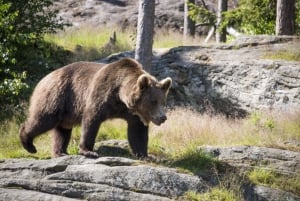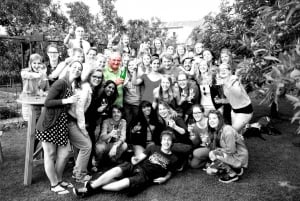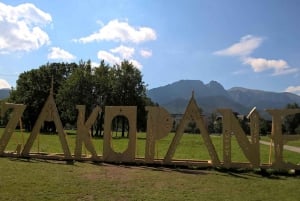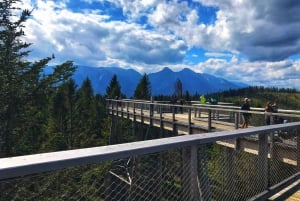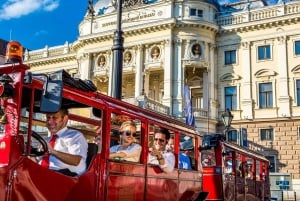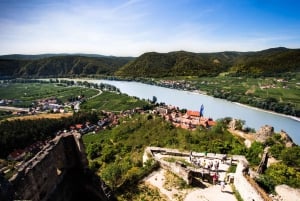Devín Castle
The site at the confluence of the Danube and the Morava was settled in prehistoric times. Following the Celtic period, Devín became part of the Limes Romanus system of defences from the 1st to the 4th centuries. In the 9th century, this place is associated with the name of prince Rastislav who commissioned a massive Great-Moravian stronghold here. In the 13th century, the royal frontier stronghold was constructed in the upper castle and further building works took place over the 15th – 17th centuries when the castle passed through the hands of several owners.
In 1809, the castle was destroyed by Napoleon’s troops. Since the 1930’s, intermittent archaeological research has been undertaken on the castle. In particular places, plans of older buildings are displayed, notably an Early Christian chapel dating from the 4th century and the foundations of a mid-9th century church. In the palace, there is a plaque commemorating the historic excursion of Slovak youth to Devín, organised by Ľudovít Štúr in 1836.
In 1961, Devín Castle was declared a National Heritage Site. Currently the castle serves as a place for meetings and excursions, chiefly for its marvelous view of the surrounding countryside.
In the cellar of the Renaissance Palace in the central castle is an exhibition room holding seasonal displays on the history of the castle. A permanent display named Phases in the construction of Devín Castle is installed in a cave in the upper castle. The individual phases in the development of the castle are presented through a combination of archaeological findings and historical facts.
Devín Castle neighbours the highest hill in Bratislava, Devínska Kobyla, the western section of which is called Sandberg and is well known for discoveries of Tertiary fossils. Devín is a great place for walks, not only to the historical monuments on the site but also into the superb countryside which surrounds it.


